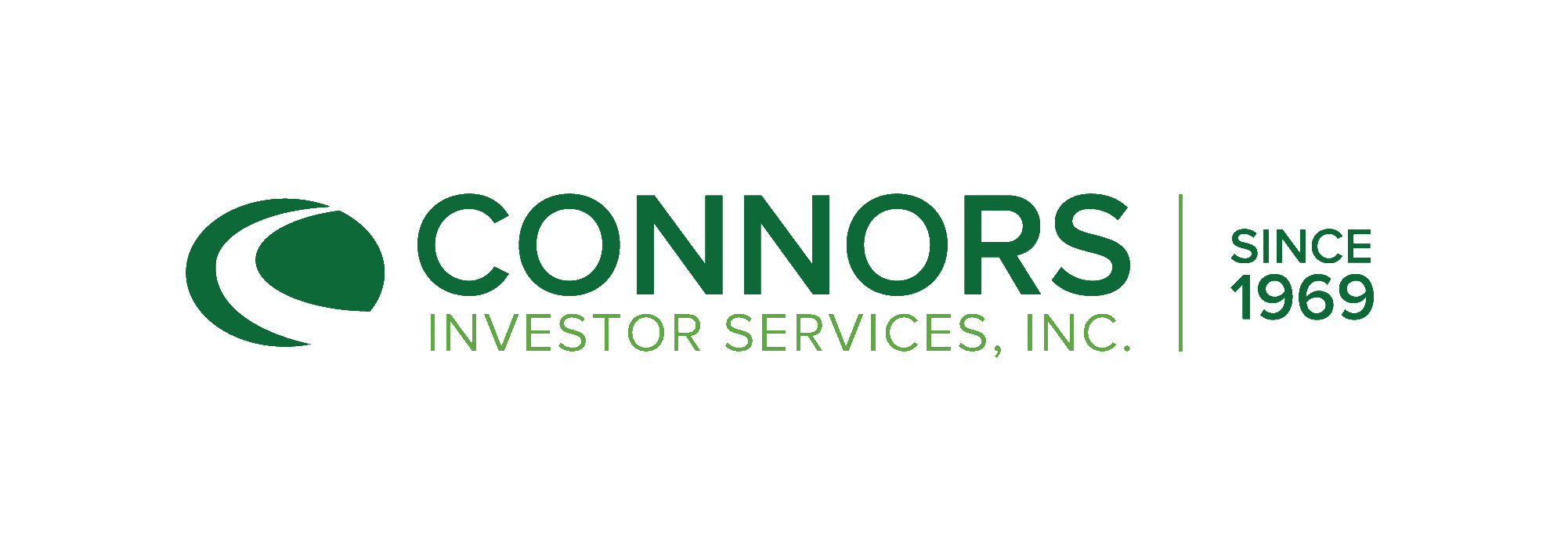2025 Q3 Small Companies Commentary
by Brian G. McCoy, CFA, on October 28, 2025
Performance Attribution
The third quarter of 2025 delivered a continuation of solid returns for US equity markets, with broad-based gains across all major indices despite ongoing economic uncertainties. From an economic data perspective, several key indicators shaped market sentiment during the quarter. The Federal Reserve cut its benchmark interest rate by 25 basis points in September to 4.0-4.25%, marking the first rate cut since 2024 amid evidence of a cooling labor market. The unemployment rate rose to 4.3% in August, while significant downward revisions to payroll data revealed that the U.S. added 911,000 fewer jobs than initially reported in the twelve months ending March 2025. Despite labor market concerns, GDP growth remained robust at 3.8% in Q2 2025, while inflation showed mixed signals with core PCE at 2.9% in August and headline PCE at 2.7%, both above the Fed's 2% target but relatively stable compared to earlier periods.
Corporate earnings have continued to provide substantial support for the market rally, with S&P 500® constituents reporting a third consecutive quarter of double-digit growth during the 2nd quarter reporting period. The largest companies continued to deliver outsized gains as the artificial intelligence boom continued to drive concentrated gains in the Mag 7 stocks within the large-cap index. As investors adopted a risk-on attitude, small-cap stocks finally showed signs of life and beat their larger counterparts at the index level, their best quarterly performance since 2023. One aspect of investor appetite for risk was a notable surge of lower quality stocks, on which we provide more insights in our outlook below.
The small-cap resurgence was particularly noteworthy given the asset class’s prolonged underperformance relative to large-cap indices. This outperformance was largely attributed to expectations and the eventual reality of Federal Reserve interest rate cuts, as smaller companies typically benefit more from lower borrowing costs due to their limited capital resources. From a technical perspective, the Russell 2000® also finally set a new all-time high of 2,467 on September 18. Previously, the high had been 2,442, first hit in November of 2021 and then again in November of 2024. For the asset class, this was a welcomed milestone.
All said, the S&P 500® delivered an 8.11% return for the quarter while the Russell 2000® delivered a superior gain of 12.38%. Against this backdrop, the portfolio underperformed our benchmark but outperformed the other major small cap index, the S&P 600®.
Our top three contributors to performance for the quarter were as follows:
Ameresco (AMRC), an energy solutions provider, led the portfolio driven by good execution, improving fundamentals, and solid guidance, which led to some analyst upgrades. The company was punished earlier in the year due to concerns about the impact of a new administration, but recent announcements of sizable project wins have alleviated many of those concerns. We believe that macro demand for power, grid modernization, distributed energy, and efficiency should play to the company’s strengths and support continued growth.
Semtech (SMTC), an analog and mixed-signal semiconductor company, has continued to perform well after appearing in our negative contributors in the first quarter because of AI slowdown fears. The management team has been executing well to improve margins, cash flow, and cleaning up the balance sheet from a challenging acquisition in 2023. Improving end markets for their solutions, particularly in IoT and high-bandwidth connectivity for AI/data center solutions are driving results and improving investor sentiment.
Artivion (AORT), a medical device company focused on cardiac and vascular products, rounded our leaders for the quarter. Their market-leading mechanical aortic valve continues to take market share while new products build on their niche of treating aortic disease are driving improving fundamentals.
Holdings within the portfolio that were negative contributors of performance were as follows:
Global Medical REIT (GMRE), a healthcare focused real estate investment company, proved challenging for a second quarter. As we noted in our last commentary, a lowered dividend rate seemed to be welcomed by the markets as the company’s trended higher afterwards. Occupancy declined on well-known tenant issues, but management has projected improvement in this metric by the end of the year. The company also has a new CEO who is a veteran of the REIT industry, and the company has made progress on re-tenanting properties and are looking to opportunistically sell some of their assets. We like their niche of targeting medical properties in second-tier geographies with established providers, and management has been historically good operators, but we are closely watching this holding and maintaining an underweighted position.
Trupanion (TRUP), a leading provider of pet insurance, also weighed on performance after a strong second-quarter run. Management exceeded expectations during the earnings call, though mostly from a one-time investment gain, and modestly increased full-year guidance. The company has made progress in growing their core subscription revenue, improved fundamentals, and is seeing a more normalized cost increase environment, which should allow reinvestment into their growth levers to improve their growth rates. The stock will likely continue to be on the more volatile side, but we continue to like their niche and have confidence in how management has navigated a challenging environment.
Albany International (AIN), a global materials processing company, rounded out our laggards for the period. The machine clothing segment (custom-designed consumable belts for paper manufacturing) performed as expected during the quarter, but profitability in the engineered composites segment was challenged as they are ramping new project production. Though the company reiterated guidance for the full-year, management will need to deliver a significant ramp in the second half to meet expectations.
Activity During the Quarter
Most of the activity during the quarter consisted of locking in gains on our outperformers and adding to existing positions. Specifically, we trimmed Sterling Construction (STRL), Artivion (AORT), Calix (CALX), Credo Technology Group (CRDO), and Ameresco (AMRC). We exited our holding of Acuren (TIC) that resulted from the company’s acquisition of our holding in NV5 Global (NVEE).
With those proceeds, we added to existing positions Innospec (IOSP), UMH REIT (UMH), Simmons First National (SFNC), Freshpet (FRPT), Euronet Worldwide (EEFT), Cellebrite (CLBT), and Phreesia (PHR). In total, our activity resulted in approximately 6% turnover, a bit lower than our recent quarters.
The portfolio is overweight our benchmark in Technology, Consumer Staples, and Utilities. The portfolio is underweight Consumer Discretionary, Industrials, Financials, Materials, Real Estate, and Healthcare. We are equal to the benchmark in Energy and currently have no exposure to Communication Services.
General Outlook, Current Positioning/Strategy
The well-known maxim that markets climb a wall of worry is certainly applicable to the current year. Investors have dealt with a new administration, efforts to reduce Federal spending, Middle East tensions, a tariff policy that has upended years of interconnected global supply chains and trade, and as we write this commentary, another government shutdown, which so far is largely being ignored.
As we highlighted above, data support a U.S. economy that has continued to deliver modest yet solid growth. Expectations for the full year of GDP growth are generally around 1.8% and as we look forward to 2026, growth is currently estimated to also be 1.8%. Though these rates of growth represent a slowdown from the levels of the prior three years, there does not seem to be any indication of a recession on the horizon. Further, this growth should continue to broadly support corporate earnings.
One particularly confounding aspect of the current environment is the employment picture. According to research from Apollo, job growth is trending much lower than what GDP would indicate. Reasons may be from a combination of slower immigration, a decline in Federal employment, and benefits from Artificial Intelligence (AI) implementations. In fact, a survey from the St. Louis Federal Reserve suggests that 40% of users of AI are saving three hours or more a week, a key aspect that is raising productivity. This picture suggests companies can do more with the same number of employees, a positive indicator for profitability.
Another aspect our team would note is the broadening impact of AI investments across the economy, supporting employment. These include industrial companies providing construction, cooling services for datacenters, and electrical grid buildout for power supply. Utilities are now in full expansion mode trying to provide more power for the datacenters, while financial firms are benefiting directly from underwriting bond issuances to finance the buildouts and indirectly lending to the supporting ecosystem. The tentacles of AI buildout reach across multiple sectors, and though we cannot know for certain, without this massive investment, the economy may very well have experienced a recession.
We remain constructive on the economy and opportunities for equity markets to continue their positive trend. Concerns persist around low employment growth and an upward trend in unemployment, particularly when looking at continuing claims, and how it may affect consumer sentiment and behavior. For now, however, consumers continue to be resilient.
What’s driving the consumer? Baby Boomers are mostly responsible for spending growth as they control 51% of total household wealth and 53.5% of equity and mutual fund holdings by household. Their outsized representation in the population will continue to drive spending, especially within the travel industry. Also, studies have shown that many boomers are supporting adult children, which supports nominal spending calculations (such as the PCE indicator) as they spend on necessities.
Regarding the Fed, it is under intense pressure to continue lowering rates despite inflation being above its target of 2%. Upward pressure on the price of goods from tariffs and recent data from the ISM Services Paid Index also suggest an upward trend. Lower rates that spur higher growth and speculation could reignite higher inflation. Conversely, keeping rates too high in a slowing employment environment could result in negative growth, possibly tipping the economy into recession. All the while, Fed independence is being questioned and under political pressure. Markets would not likely welcome a change to their long-standing separation from political influence.
For the small-cap asset class, we are encouraged by the recent breakout to new highs, which suggest some broadening of investor interest outside of the household names. Sales and earnings growth have been positive and are trending better than recent quarters. We would also reiterate from our last commentary that we believe the democratization of productivity gains from AI is in its early stages, but is beginning to be realized across all sizes of companies.
Over the past quarter, as noted above, lower-quality stocks drove performance in the Russell 2000®. This is not unsurprising in a risk-on environment in anticipation of a more accommodative interest rate environment. Investors continue to exhibit herding behavior toward hot themes that drive unwarranted moves in certain sectors, particularly biotech, nuclear energy, mining, and quantum computing. Many of those with the greatest gains have very low or no revenues, let alone cash flow or earnings.
Going into year-end, we look to continue to hold an overweighted position in technology. Though the holdings may be volatile and vulnerable to market swings, they are benefiting directly from secular trends while meeting our quality focus. We are balancing this with our exposures in healthcare, consumer staples, and utilities while also continuing to evaluate our current and potential holdings against a backdrop of a broadening of beneficiaries to the AI boom. Finally, we continue to focus on the upper half of the market capitalization of the asset class as we seek new opportunities, as we believe size continues to be a favorable factor.
In conclusion, our focus on quality remains steady as we work to build a portfolio with solid sales and earnings growth at reasonable valuations. As we progress through the final months of the year, we will be shifting our focus to 2026, which currently seems to be a continuation of positive economic and corporate profit trends.
As always, we thank you for your trust in our team and are available to discuss our thoughts in more detail.
Important Disclosure Information
Please remember that past performance may not be indicative of future results. Different types of investments involve varying degrees of risk, and there can be no assurance that the future performance of any specific investment, investment strategy, or product (including the investments and/or investment strategies recommended or undertaken by Connors Investor Services, Inc. [“Connors]), or any non-investment related content, made reference to directly or indirectly in this commentary will be profitable, equal any corresponding indicated historical performance level(s), be suitable for your portfolio or individual situation, or prove successful. Due to various factors, including changing market conditions and/or applicable laws, the content may no longer be reflective of current opinions or positions. Moreover, you should not assume that any discussion or information contained in this commentary serves as the receipt of, or as a substitute for, personalized investment advice from Connors. Please remember, if you are a Connors client, to contact Connors, in writing, if there are any changes in your personal/financial situation or investment objectives for the purpose of reviewing/evaluating/revising our previous recommendations and/or services, or if you would like to impose, add, or to modify any reasonable restrictions to our investment advisory services. Unless, and until, you notify us, in writing, to the contrary, we shall continue to provide services as we do currently. Also, remember to advise us if you have to been receiving account statements (at least quarterly) from the account custodian. Connors is neither a law firm, nor a certified public accounting firm, and no portion of the commentary content should be construed as legal or accounting advice. A copy of the Connors’ current written disclosure Brochure discussing our advisory services and fees continues to remain available upon request or at www.connorsinvestor.com.
Results shown for Connors Investor Services, Inc. are actual returns of the CIS Aggressive Growth Partners, L.P. CIS Aggressive Growth Partners, L.P. commenced operations 10/1/1994. Returns presented include cash reserves. The U.S. Dollar is the currency used to express performance.
Returns presented are after transaction costs and after management fee of 1.0% per annum, billed monthly. Investment management fees generally charged by Connors Investor Services, Inc. can be found in Part II of our Securities & Exchange Commission Form ADV, which is available upon request.
Returns are presented gross of taxes, where applicable, except for foreign withholding taxes on dividends.
Results shown are calculated using a time-weighted basis based on monthly returns.
The Russell 2000® Index measures the performance of the small cap segment of the U.S. equity market. It makes up less than 3% of the U.S. equity market. It includes approximately 2,000 of the smallest securities in the Russell 3000® Index based on a combination of their market cap and current index membership. The Russell 2000® Index is constructed to provide a comprehensive and unbiased barometer for the small cap segment trading on national exchanges. while excluding lesser-regulated OTC bulletin board securities and pink-sheet stocks due to their failure to meet national exchange listing requirements. The Russell 2000® Index is completely reconstituted annually to ensure larger stocks do not distort performance and characteristics of the true microcap opportunity set. The Index is unmanaged and cannot be invested in directly.
Historical performance results for investment indices, benchmarks, and/or categories have been provided for general informational/comparison purposes only, and generally do not reflect the deduction of transaction and/or custodial charges, the deduction of an investment management fee, nor the impact of taxes, the incurrence of which would have the effect of decreasing historical performance results. It should not be assumed that your Connors account holdings correspond directly to any comparative indices or categories. Please Also Note: (1) performance results do not reflect the impact of taxes; (2) comparative benchmarks/indices may be more or less volatile than your Connors accounts; and, (3) a description of each comparative benchmark/index is available upon request.






